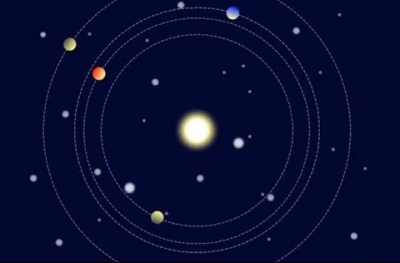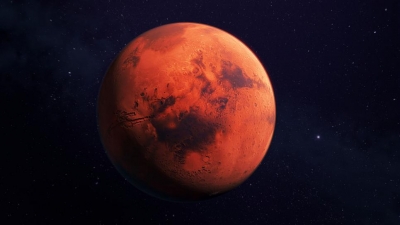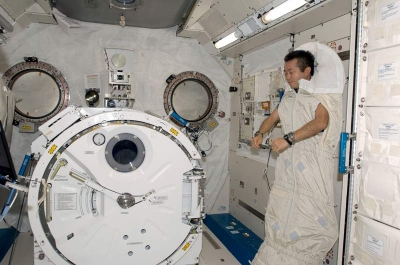Why do planets orbit stars?

Planets orbit stars because they are not traveling fast enough to escape the star's gravity well but are traveling fast enough to not fall into the star.
Stars are massive. That mass causes spacetime to curve. The curvature of spacetime is gravity.
But you must imagine that it is 3-dimensional. So, a gravity well is like a funnel. The planet is in the funnel and must travel around it to not fall further into it.
The coin can't escape because it would need an added force to accelerate it. In the case of this funnel, friction slows the coin down, so it does eventually fall in to the center.
Remember Newton's First Law of Motion:
An object at rest will remain at rest unless acted on by an unbalanced force. An object in motion continues in motion with the same speed and in the same direction unless acted upon by an unbalanced force.
The forces are balanced for a planet, so it just keeps on doing what it was doing.
Credit : Quora
Picture Credit : Google


